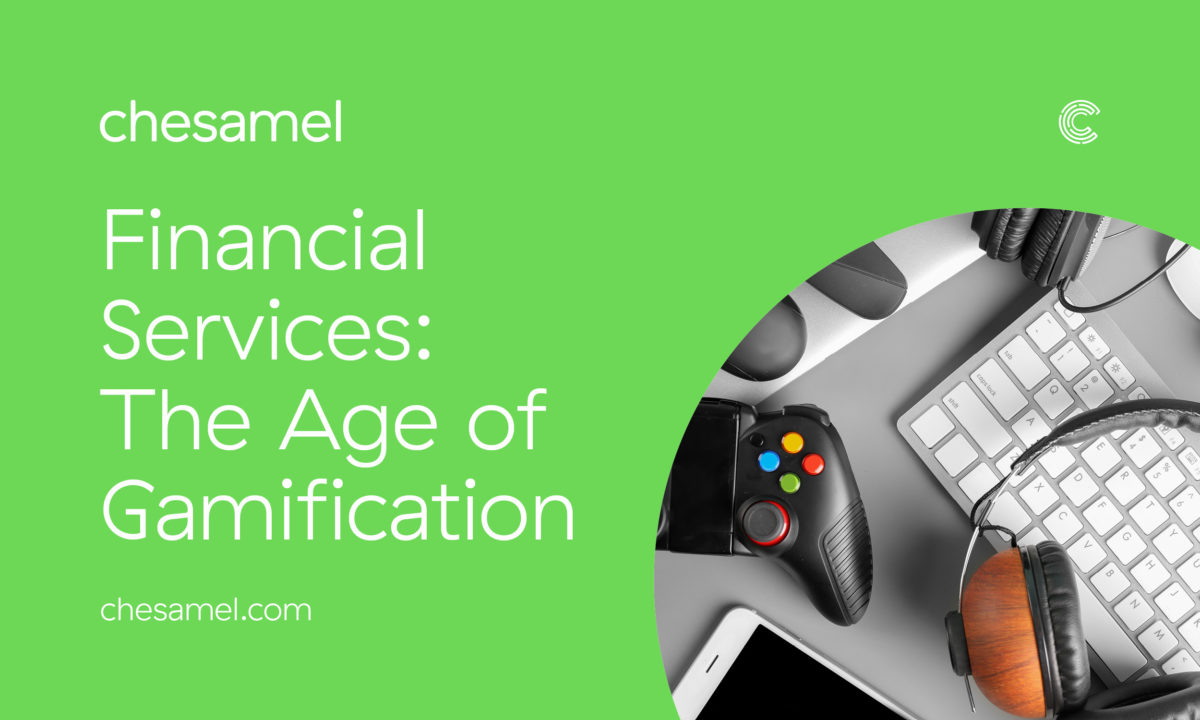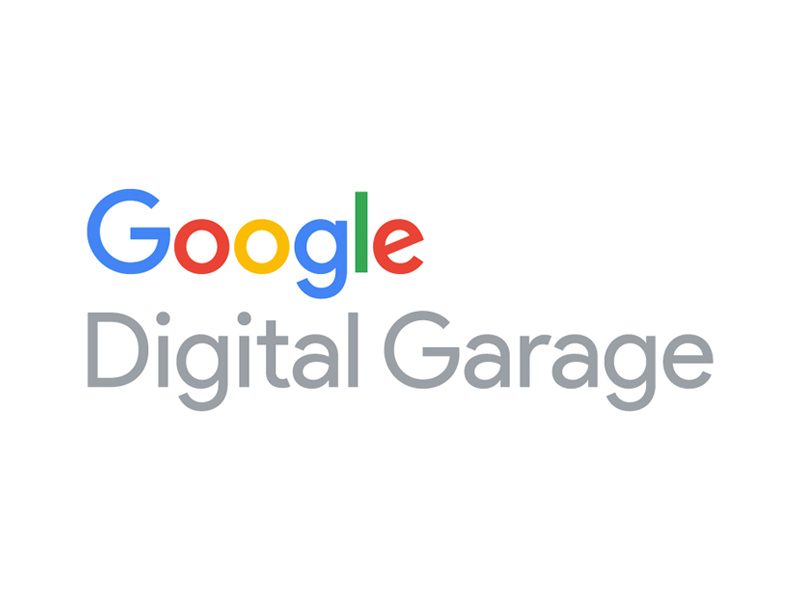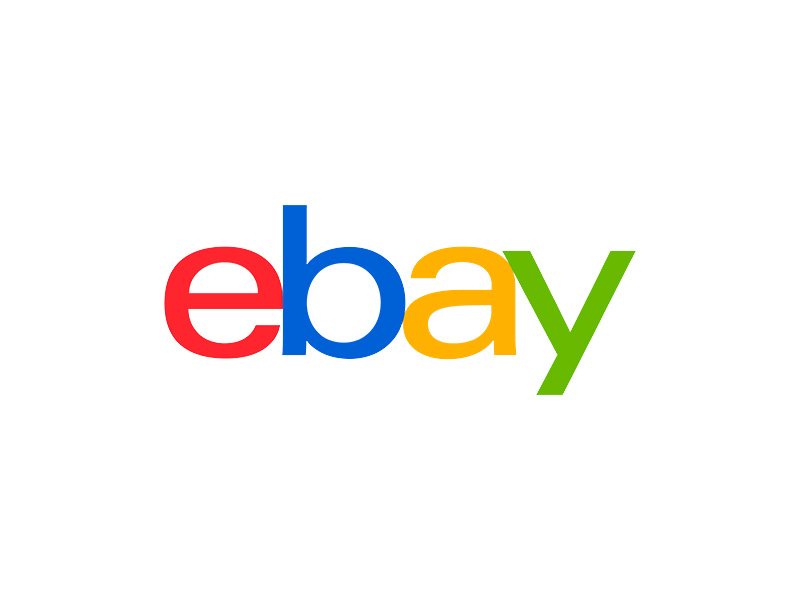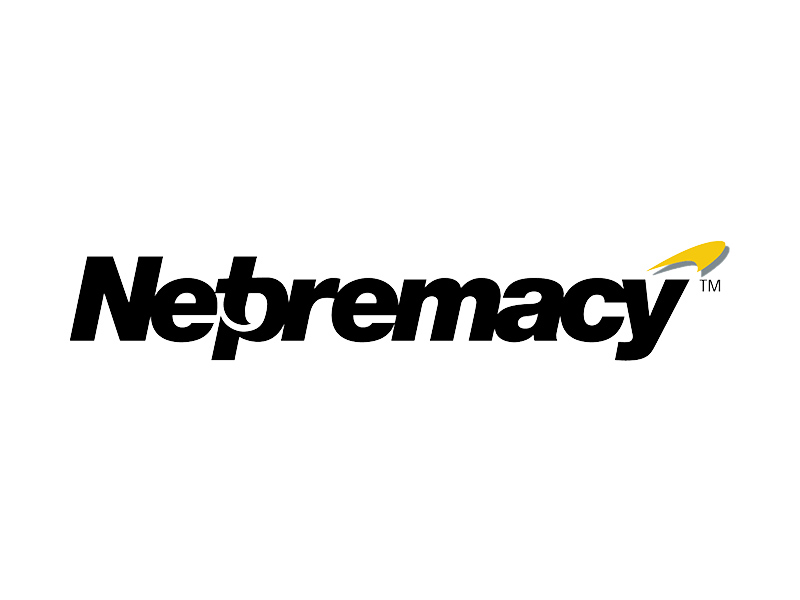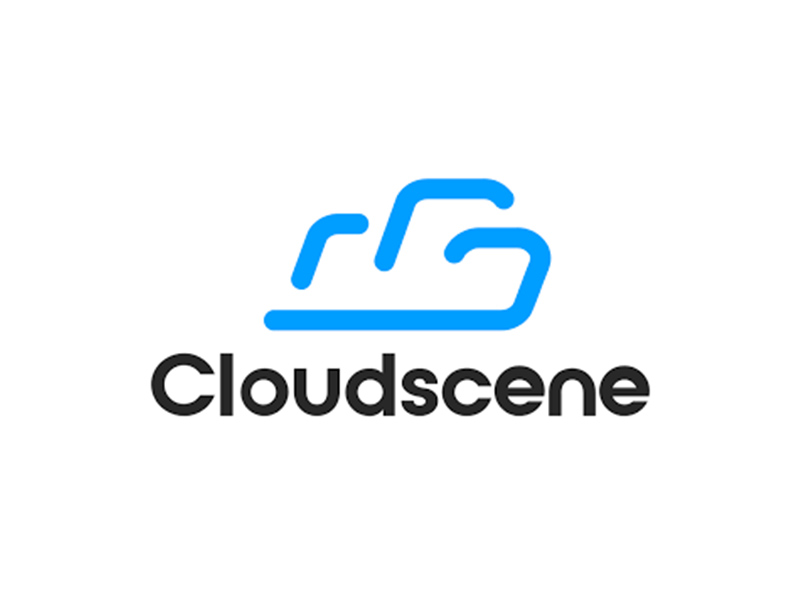It seems we regularly hear about new social media platforms which are going to change the landscape of social media as we know it; new entrants into the incredibly competitive ring, however all too often, entrants they are but true contenders they are not. Over the last few years alone we have had Periscope, launching in 2015 and not taking up much of the limelight these days, only reaching around 10 million users; compare this with Instagram’s 800 million monthly users (Dustin Stout), and then we have Vero which made waves only last year with it’s ‘limited availability’ signup scheme, but seems to have made little waves since.
As social media users, which most of us are in one form or another, or businesses which utilise them for their marketing potential, we’re always on the lookout for something new and when it arrives, we’re eager to know how we can adapt it to brand marketing.
However what if the platform arriving on the scene is in fact not new at all, but a well known and well-established app which is being moulded, by its own doing or it’s users, into the new social platform to employ for brand marketing.
Buffer recently reported on the possibility that Spotify is being utilised by brands to connect with their audiences and is fast becoming the new place to be!
It almost makes sense, as we move through the mediums; the initial text-based social posting on Facebook and Twitter, to image based on Instagram and video with Youtube – a purely audio social platform seems naturally fitting. However, here is born the issue that so many businesses are still struggling with on the infamous Instagram today – if your business isn’t naturally aesthetically pleasing or product or lifestyle orientated, creating the eye-catching, colour-popping content can be tricky. Music is a specific medium which does not immediately seem suitable for all businesses and all industries, but if something like this is going to be the new Twitter or the new Instagram, then how do businesses adapt to this to enhance their brand marketing?
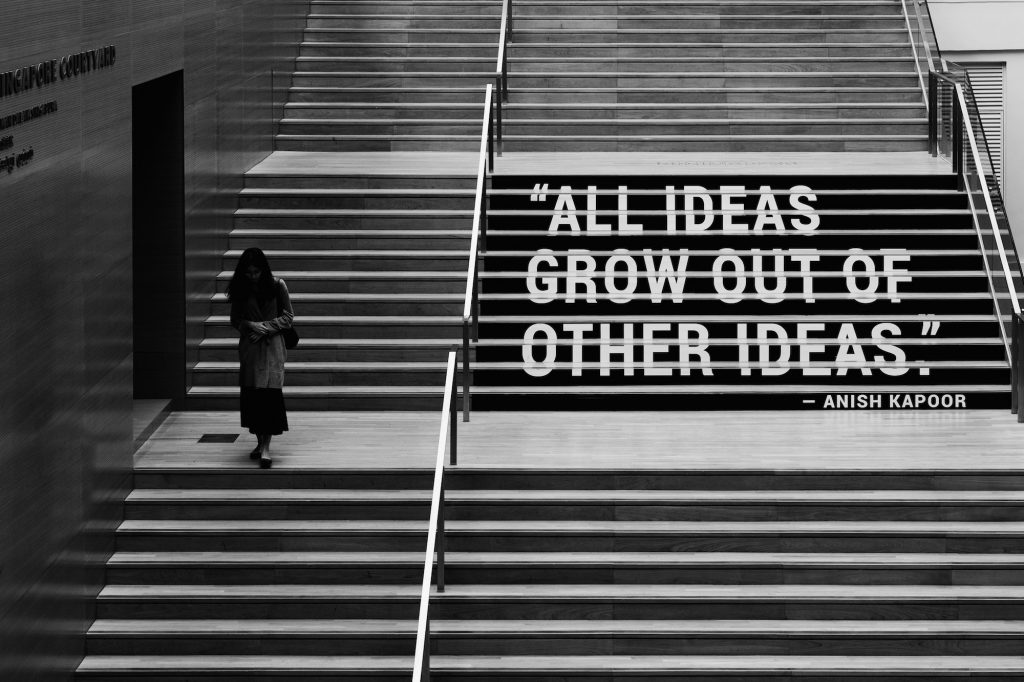
Do You Need To?
Firstly, ask yourself ‘do you actually need to?’. Marketing and Social media experts will tell you: there’s no need to stretch yourself across all platforms if you don’t stand to gain anything or you don’t have the capacity to use all to the best of your ability. For example, LinkedIn is a brilliant tool for connecting in a purely business or professional online environment, great for B2B, recruitment and for networking. It’s not, however, necessary that your B2C boutique rucksack store has a strong or any presence here as this is not where your customers are. Our point being, only put in the time and effort if you know you’re getting something in return. If your customers are on Instagram and Facebook, concentrate on making these two your priority.
If a new platform is making waves, check it out, maybe even get yourself a business profile early doors so you can suss it all out, but if you can see that this medium isn’t really going to be for you, then there’s no shame in admitting that. Dipping back to Spotify’s expansion into the social media platform realm as an example of a ‘new’ format of social platform; there may be no benefit for you to craft yourself a corner of this action if your business does not lend itself to the medium and your customers are not here. Just be sure to cover all the angles before you tap out and declare it’s not the one for you.
Think Outside Of The Box
Following this, if you think that there might be scope for you to make your mark on a new wave of social, then go for it, but for some businesses, this is going to be more difficult than others. Spotify is a streaming service which allows you to create and share your favourite playlists. Lifestyle brands and influencers would have a breeze moving onto a music-based social media platform and engaging audiences with their favourite playlists, but take our example from earlier, a B2C boutique rucksack brand; they might find their footing by taking what they do and what their customers use their product for and associating playlists with this – ‘summer day-trip hits’ for a day out, or ‘power tunes for getting to work’, ‘pre-meeting power-up playlist’ for the commute for those taking their rucksacks to work.
As we said previously, the latest and greatest platform may not be relevant to or beneficial for you, but don’t write it off too soon, without really investigating and knowing what you’re signing off. You don’t want to miss out on being part of the next big marketing tool because you didn’t take the time to get creative!
Buffer has also identified the 3 areas which brands are currently exploring to gain engagement with the 217 million users on Spotify; it’s not just playlists you could be concentrating on, they also identified the more obvious form of advertising and podcasts, which would make a transition to Spotify much more accessible for businesses residing in the more corporate world, although we still think that playlists would be a fun way to gain traction with different audiences!



